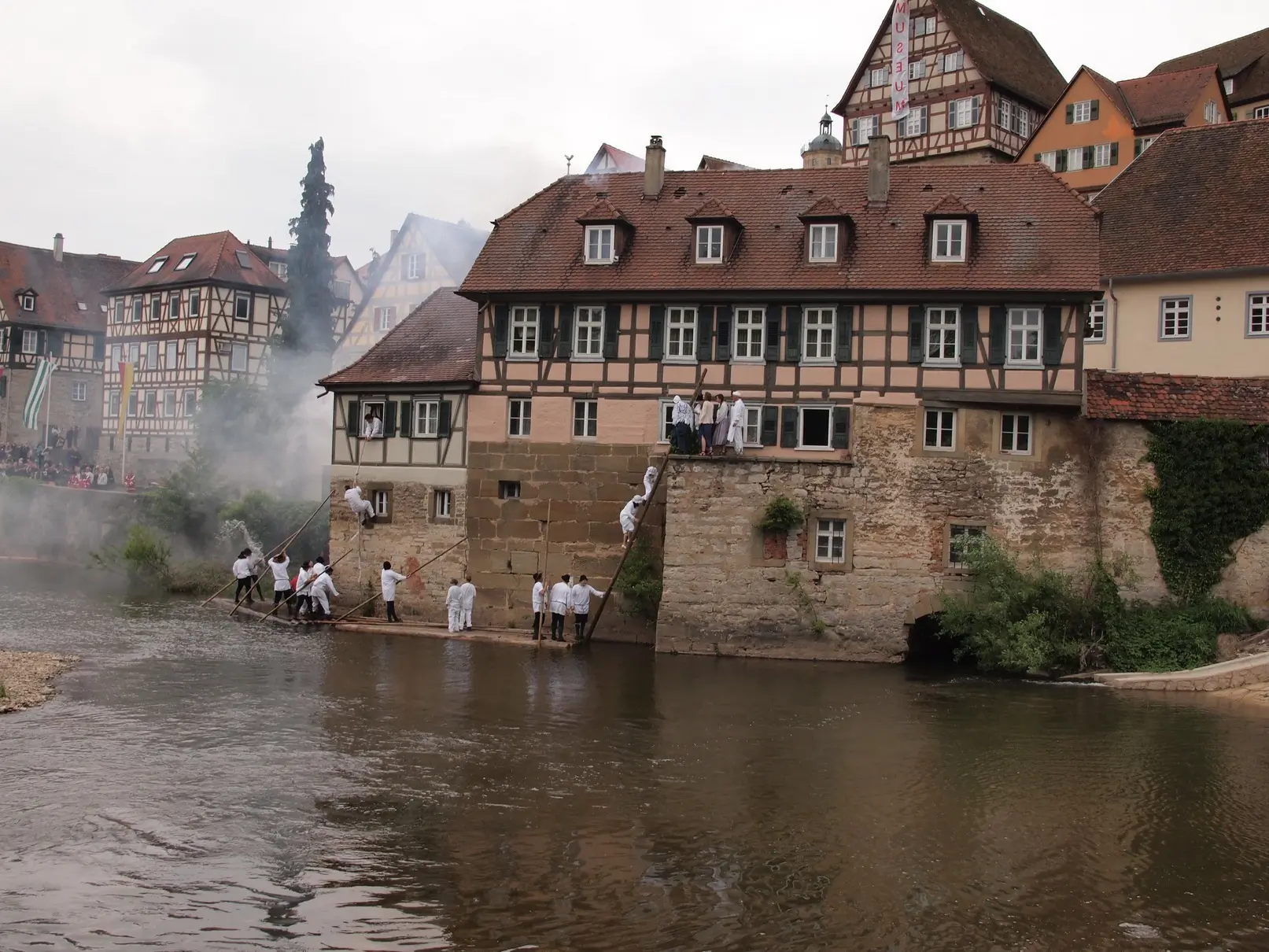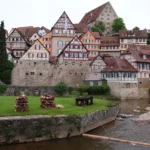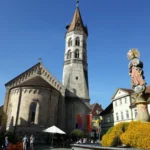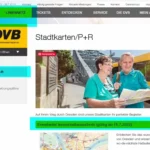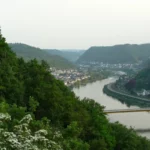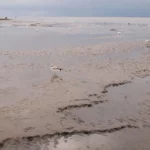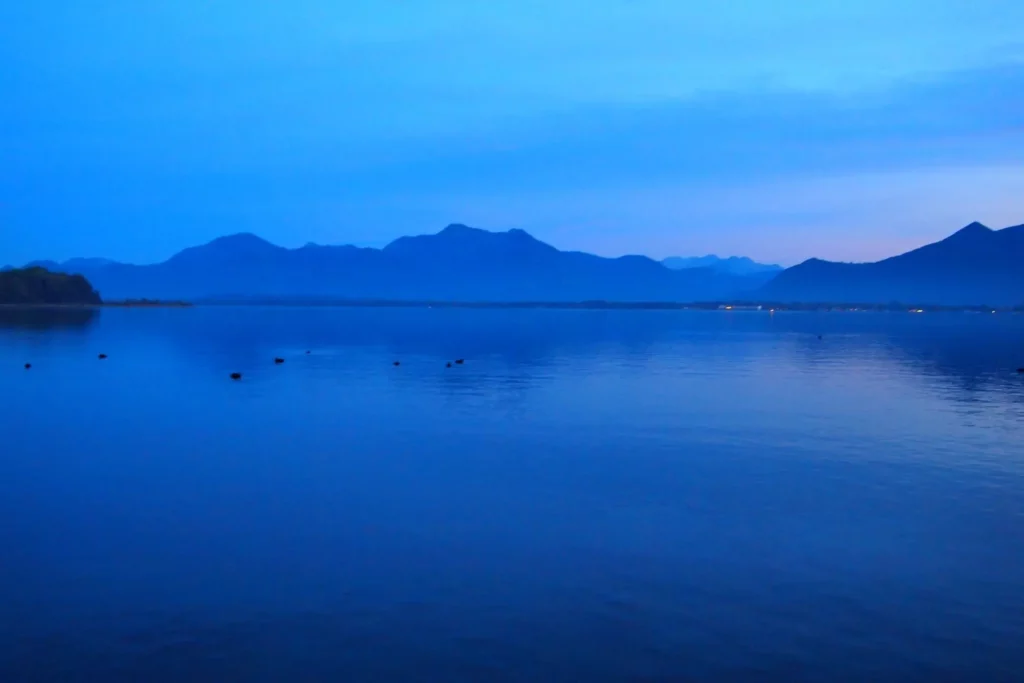Last Updated on 13/05/2023
The first part was about Schwäbisch Hall picturesque old town. Not only buildings here are old, but also the traditions. Pie and Spring Festival (Kuchen- und Brunnenfest) dates from 1316.
Already the Celts discovered a source of salt in these places and founded the first saltworks. Thanks to this source, the city flourished in the Middle Ages.
Schwäbisch Hall. Old town
Castle Road. 3. From Sinsheim to Rothenburg ob der Tauber
Castle Road. 2. Neckar valley cycle route. From Zwingenberg to Bad Wimpfen
Rothenburg ob der Tauber
Heidelberg
Autumn in Swabian “Tuscany”
Legend says that in 1316, on the night of Peter and Paul, the salt-maker who was awake by the salt bowl heard the cry of a cock from a burning mill. Salt-maker warned the miller, for which he baked a 50-kilogram pie in gratitude. This pie was festively decorated and brought in a solemn procession to the spring in the city. This is how the tradition of the “pie and spring” festival began. It received its modern form in 1785.
The festival takes place on Pentecost.
Since 1924, Schwäbisch Hall no longer boils salt. However, 32-degree salt water continues to flow, now into the thermal pool.
The festival lasts almost three days. Of course, we didn’t look at all. For this we had to arrive early in the morning. Entrance to the performances is paid. But the price is not big – 4 euros for half a day.
The festival begins on Friday evening with a festive procession, a speech by the mayor and dancing. The next day, people have fun with medieval music, a craft market, an amusement park. In the evening, a historical dance and torch show takes place on the Market Square in front of the cathedral.
On Sunday, all the company again passes solemnly through the city and is visit the service at the church. At the church they show scenes of a medieval court, dance and take out a festive pie. In the afternoon, young salt-makers are dedicated on the square. They are doused with water. And the solemn procession goes to the lower city.
From that moment we started looking. There were a lot of people.
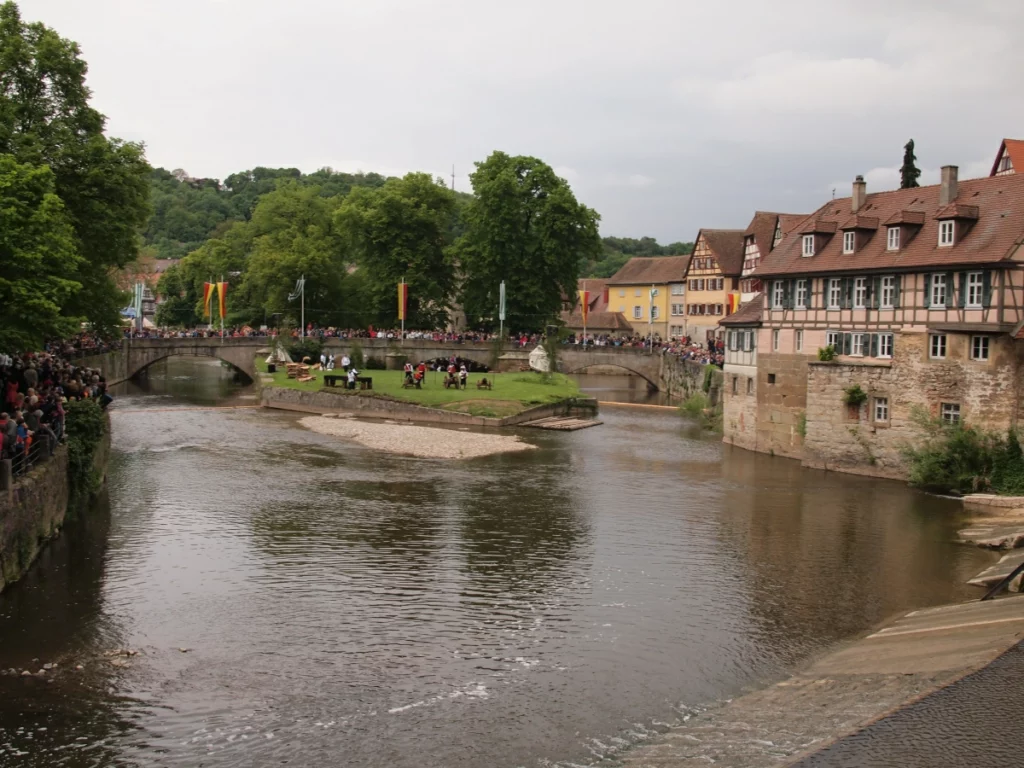
So, the first to come out were the kids of the salt-makers with drummers, horners and dancers. After a couple of circles in a simple dance, they left.
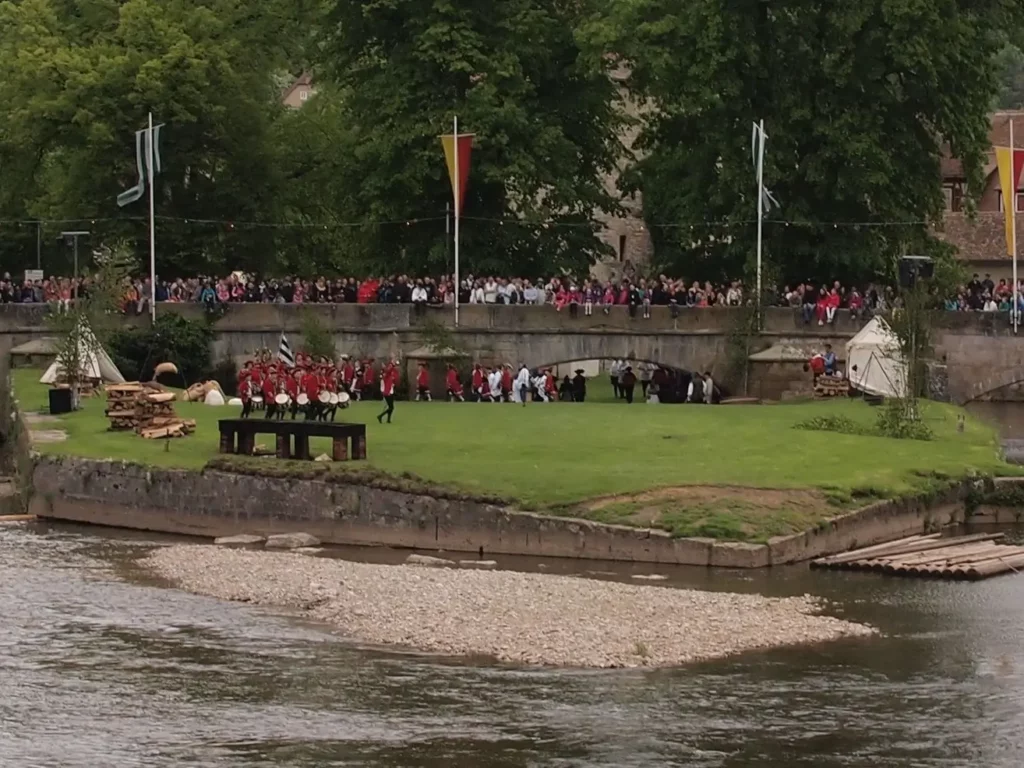
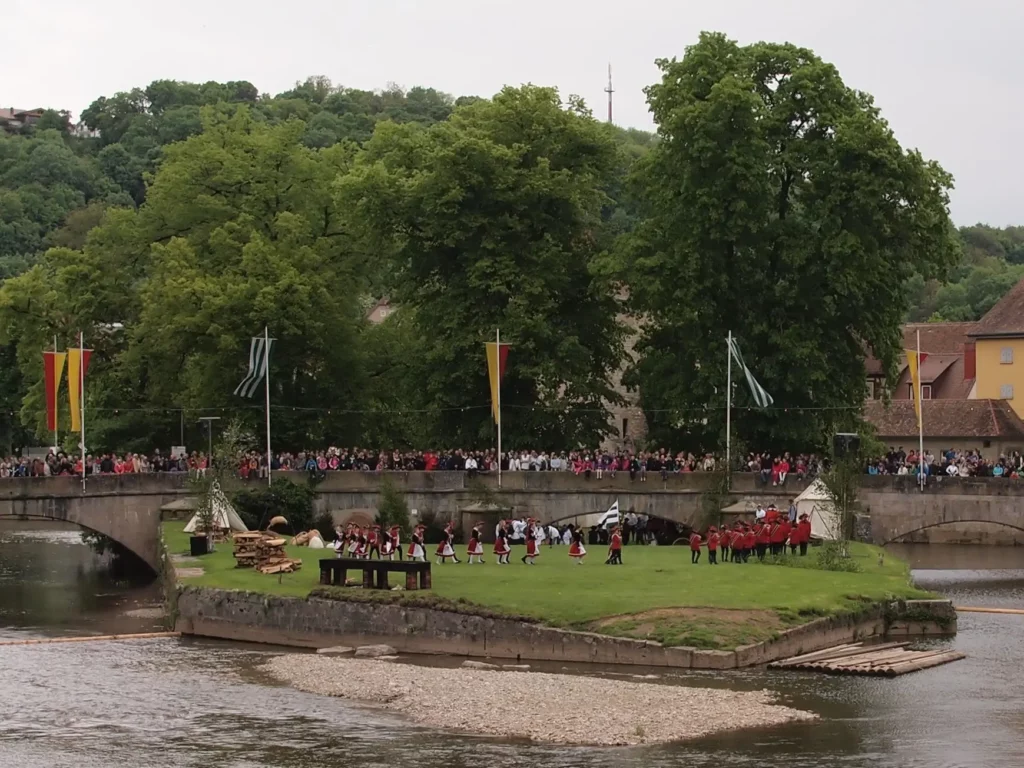
After a long time, the main dance troupe of salt workers appeared. Three cannons were pulled out.
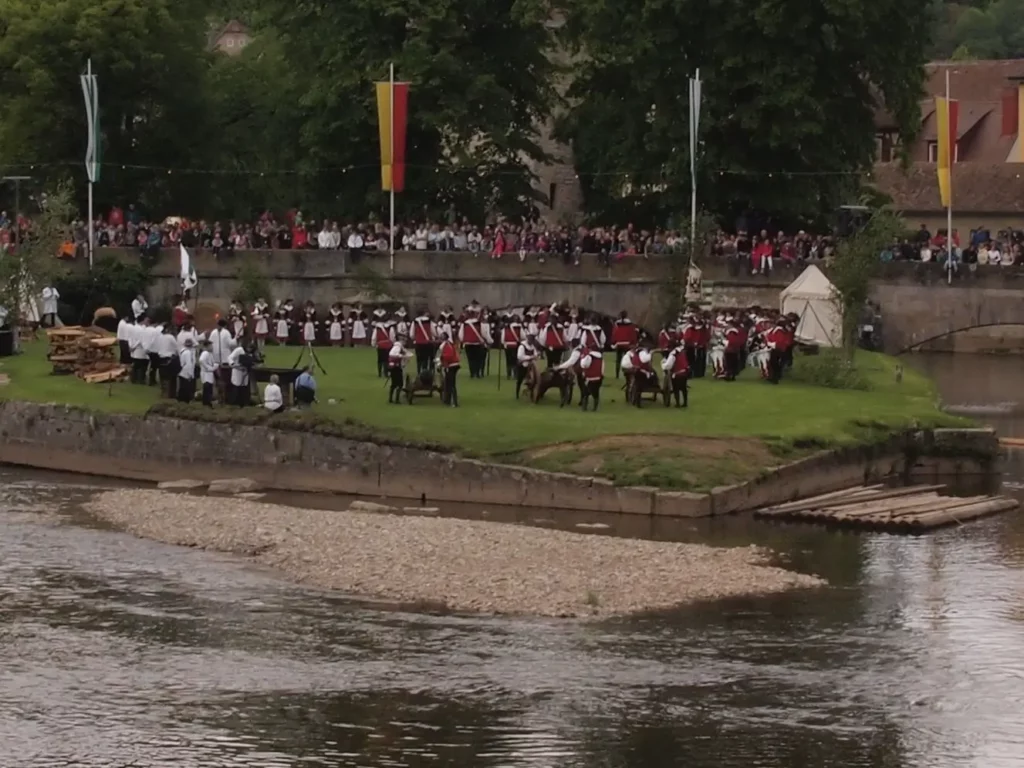
They stuffed paper – many, many newspapers. The newspapers were set on fire and BAM! Bam! Bam! Anyone who had a gun that shoots with pistons in childhood can imagine how a gun will fire in large sizes. The kids were delighted.
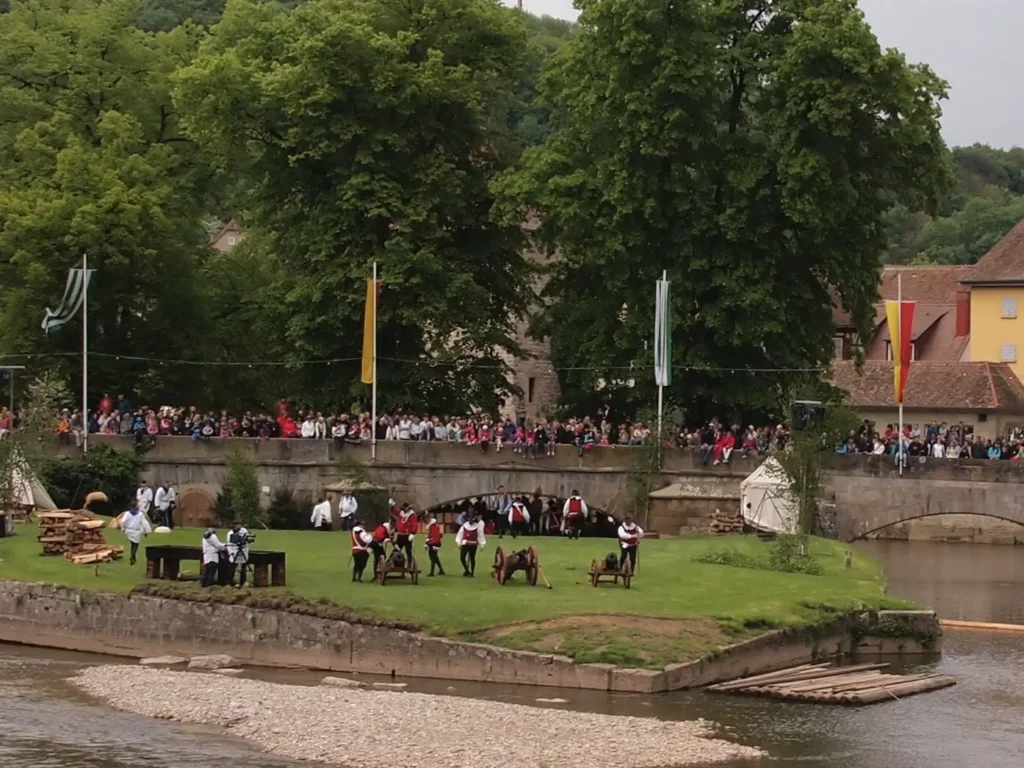
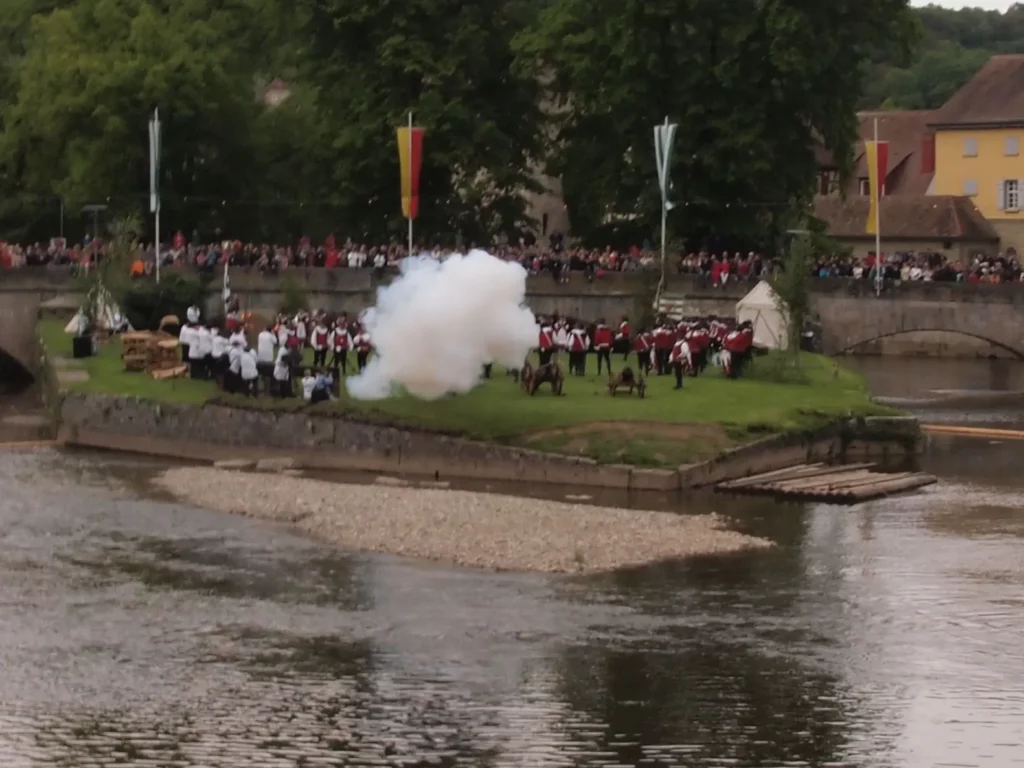
A huge fire was lit under large braziers. Salt production and trading began to be demonstrated. Unfortunately, from our bridge it was very difficult to see and almost nothing was heard. But everyone heard the crowing rooster. Those who were not interested until that moment came running.
The mill “caught fire”. They need to save the miller, his family and assistants. The rescuers almost fell into the water from the raft themselves, and tried to extinguish the fire, scooping up water with leather buckets. One with a burning tail flopped into the water (poor fellow, in such cold), others went down the ropes and stairs. At the end of the show, a pie was brought out and the dancers danced their historic dances.
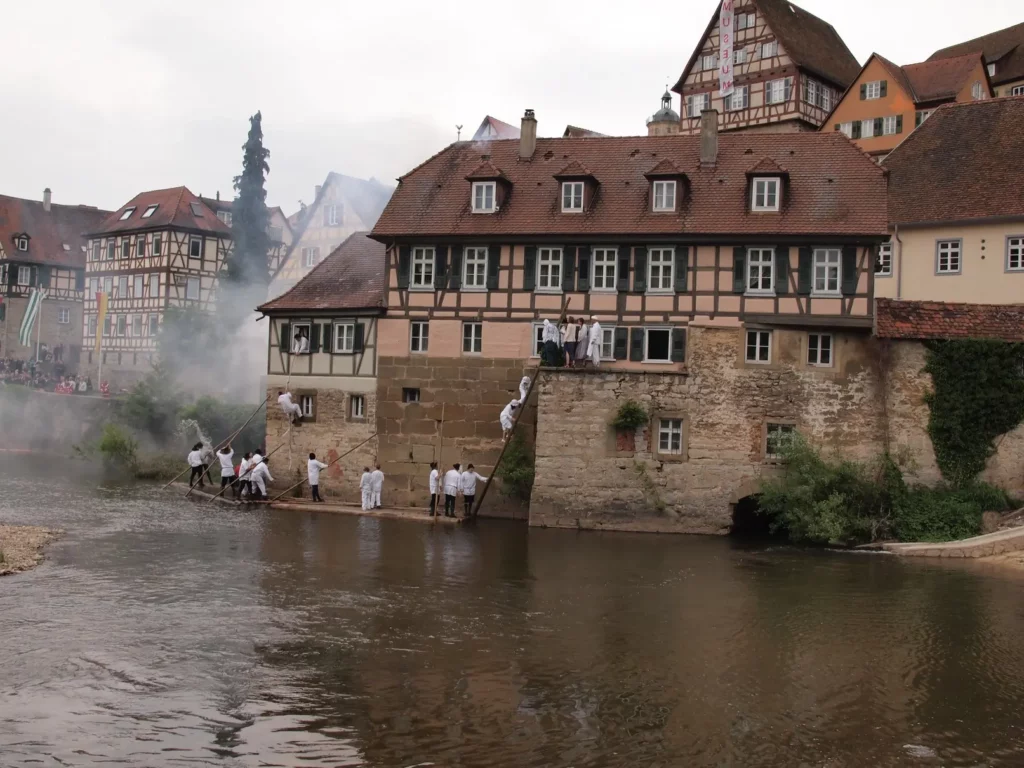

Next – museums of Schwäbisch Hall, open-air museum Wackershofen and monastery Comburg.
Castle Road. 3. From Sinsheim to Rothenburg ob der Tauber
Do you enjoy the site without cookies? This means that I work for you at my own expense.
Perhaps you would like to support my work here.
Or change your cookie settings here. I don’t use personalized ads

